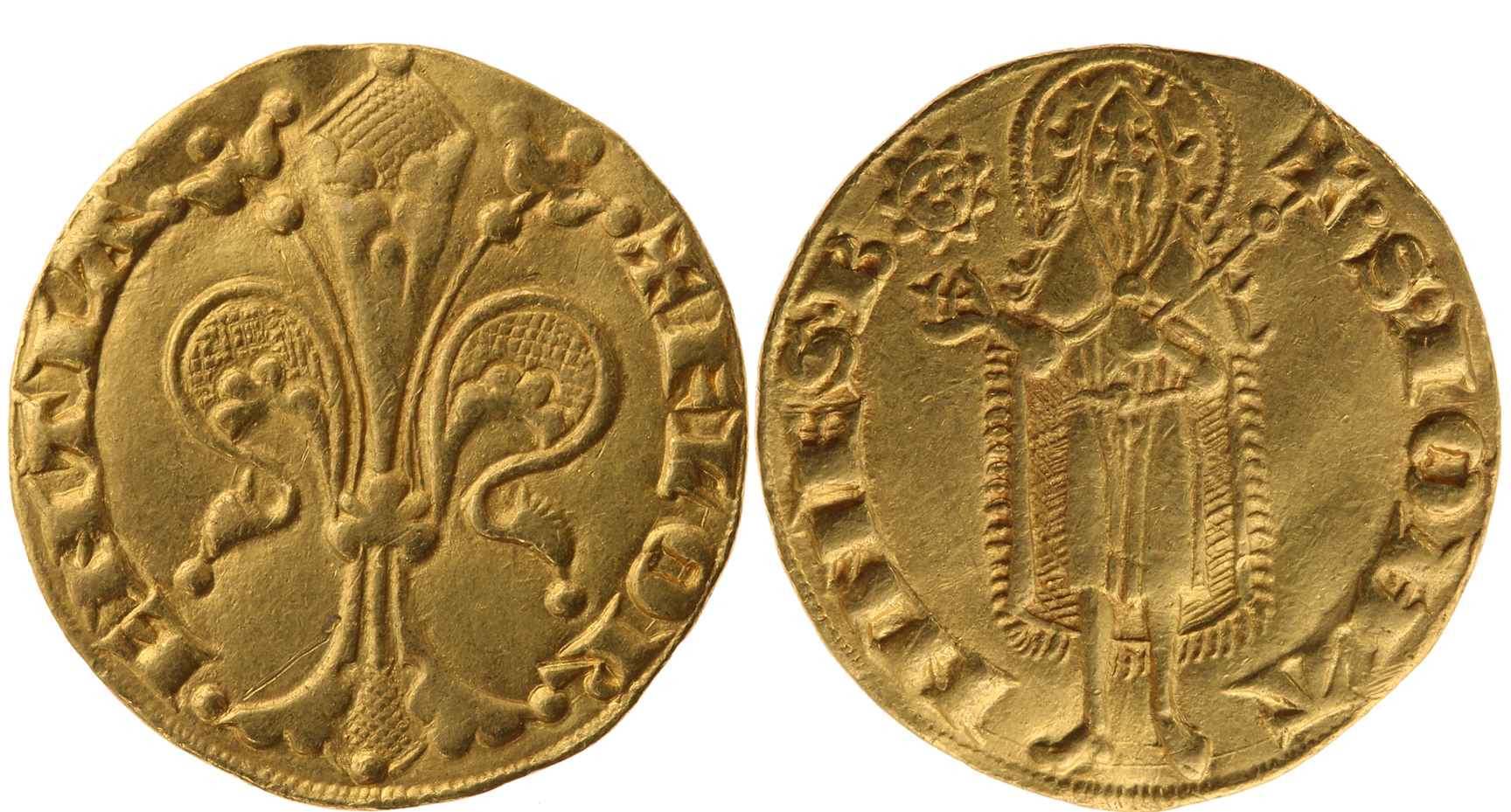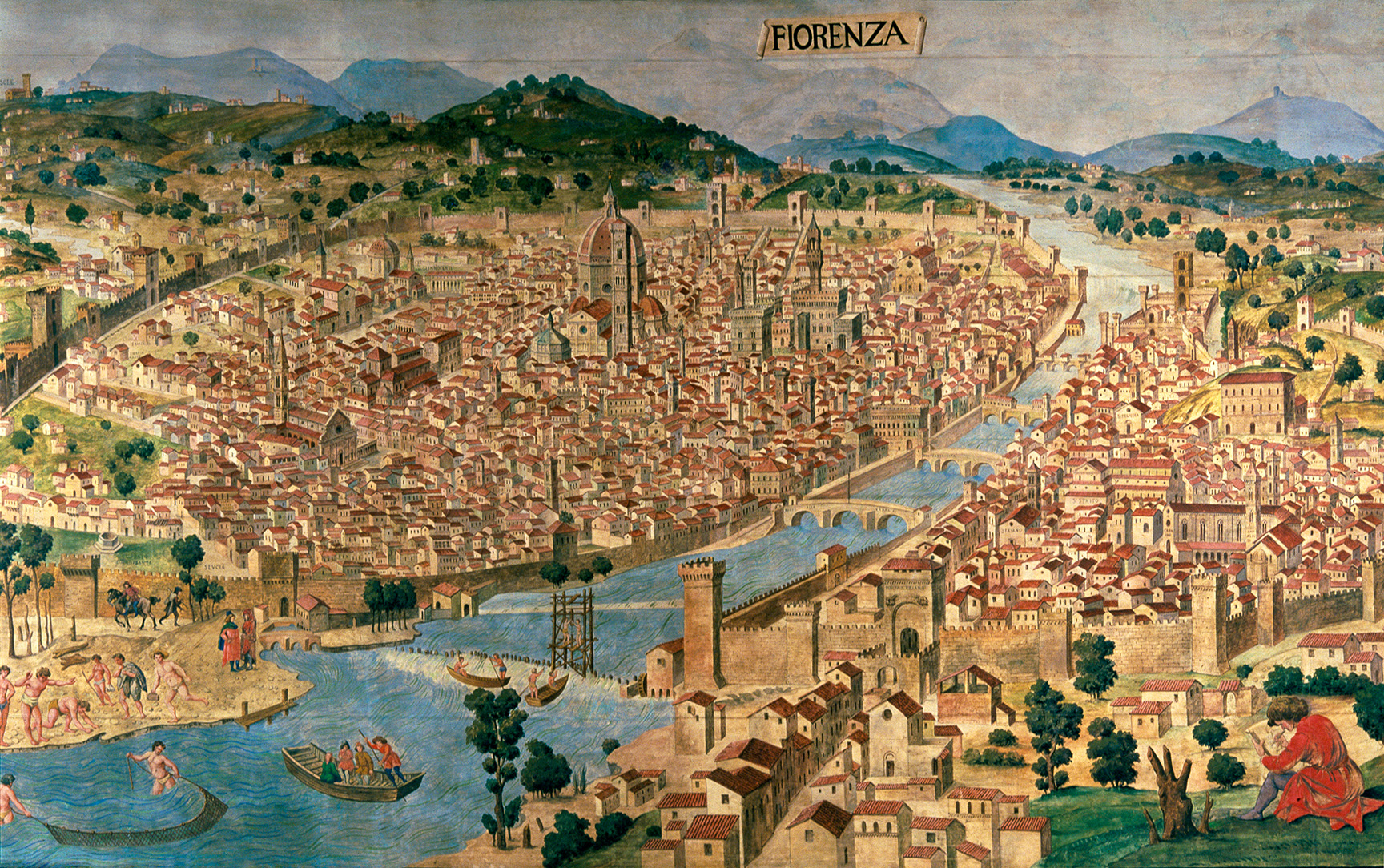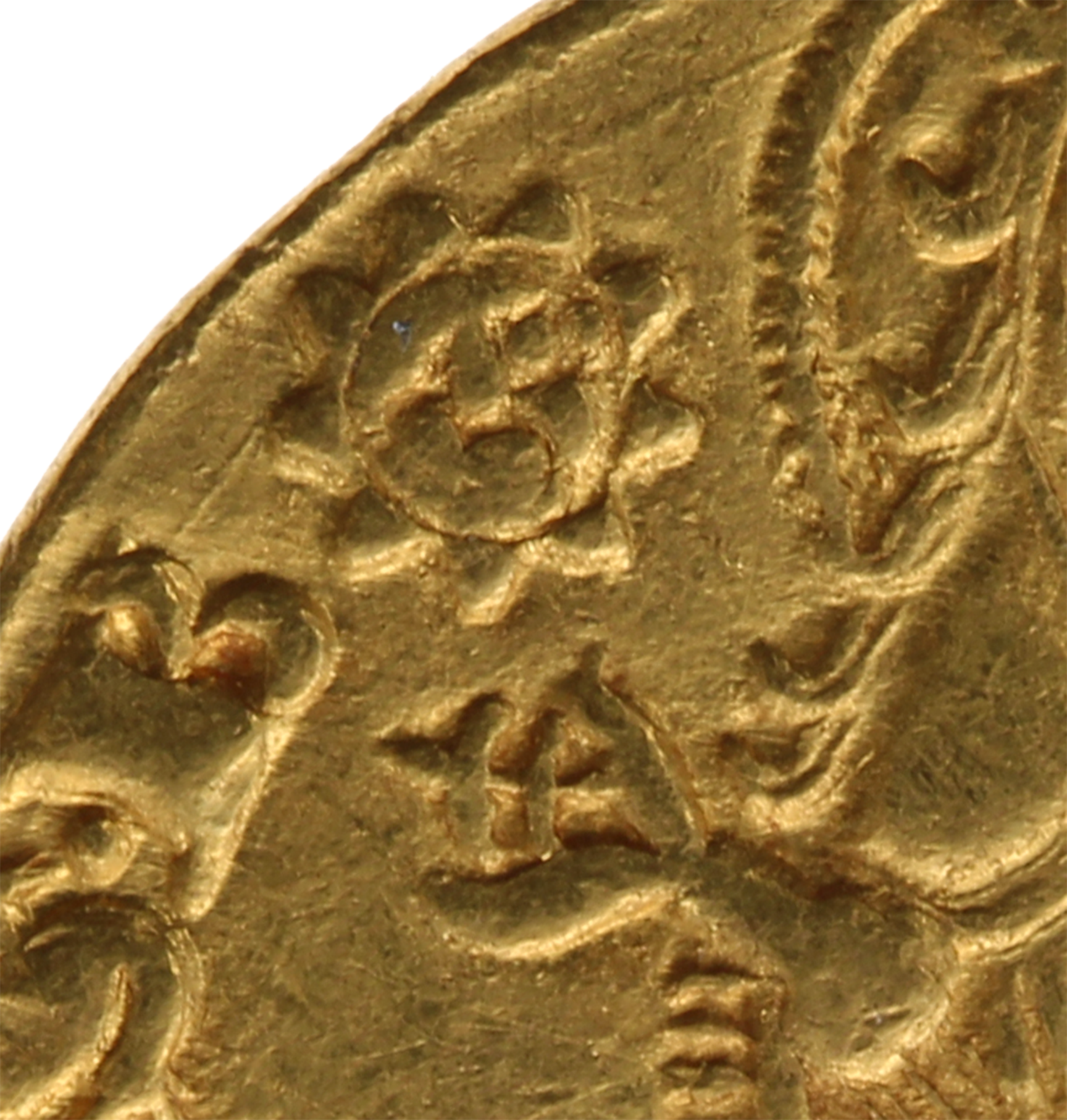
Sign of the lily Gold florin of Florence
Republic of Florence
Fiorino d'oro, nd (1318/1319)
Mint: Florence
Mintmaster: Catellino Aldobrandi
Material: Gold
Weight: 3.49 g
Diameter: 19.9 mm
Florence was one of the independent city states in northern and central Italy, which through their economic importance were also a powerful force in politics. With more than 60,000 inhabitants, medieval Florence was one of the largest communities in Europe. Alongside the high-quality cloth industry, money trading and the resulting banking business played an increasingly significant role in its economic power.
The medieval monetary system proved to be a hindrance to the up and coming towns and cities. For almost five hundred years, the monetary system based on the silver denarius (pfennig) had met the demands of trade and industry in Christian Europe. This system with its silver currency enjoyed a special status, as the Islamic countries and the Byzantine empire used gold coins as an integral part of their monetary systems. Gold coins from Mediterranean countries entered the country as gifts to cultivate diplomatic relations or as spoils of war, for example, so they were not unknown in Europe. The crucial transformation in Europe took place in the 13th century, when the value and volume of money in circulation increased.
After Florence and Genoa started to mint gold coins in 1252, gold began to establish itself alongside silver as the second currency metal. A gold coin not only replaced one whole pound of pfennigs (240 pfennigs), it also had a broader circulation – practically all over Europe. The fact that the first gold coins were minted at the beginning of the 1250s probably also has something to do with the death of Emperor Frederick II of Hohenstaufen in 1250. Ever since ancient times, gold minting had been considered an imperial privilege, which is why no one dared to begin it while there was still an emperor. Alongside the wish for a higher denomination, the possibility of engaging in lucrative business was also an incentive for minting gold coins. European silver could be used to acquire African gold cheaply in trade with northern Africa. With a gold/silver ratio of between 1 to 10 and 1 to 12, gold’s premium over silver in Europe was considerably higher than in Maghreb, where the ratio was only between 1 to 6 and 1 to 8.
Minted in Florence, the Fiorino d'oro, also known as florin in Germany, became one of the more important gold coins. This gold florin contained 3.54 g of fine gold. The florin was equivalent to the pound of account (lira) of 20 shillings (soldi), with a shilling divided into 12 pfennigs (piccoli). It thus fitted well into the accounting and weight system, which was important for its incorporation in payment systems.
On the obverse side, the Florentines embossed a lily with three petals and two stamens and the inscription "FLORENTIA", the coat of arms and name of the city. The coin name florin is derived from this coin image of the lily (Latin: flos).
The reverse side portrays John the Baptist, the city’s patron saint. The saint is holding a crucifix sceptre in his left hand, and his right hand is raised in blessing. The Latin inscription "S(anctus) IOHANNES B(abtista)" explains the image. The symbol to the left of John’s head is the mark of the minting official responsible for the stamping. The radiant sun refers to mintmaster Catellino Aldobrandi, who presided over the mint responsible for the production of gold coins from 1 November 1318 to 30 April 1319.
Florentine gold florins were struck in large quantities – annual volumes of 350,000–400,000 pieces were reportedly minted for circulation in the 14th century. They also served as the model for many other gold coins, the most important of which was the ducat of Venice, which had the same value as the florin. In the 14th century, the florin was copied by large numbers of coin issuers in an area including Spain, France, the Netherlands and Germany across to Hungary and thus became one of the most popular trading coins in Europe. The "man in the street", of course, used small silver coins to conduct his day-to-day business. The value of the gold florin was far too high for that purpose. In the 14th century, it was equivalent to the monthly wage of a simple worker, a mason or a carpenter. The gold florin was the choice of payment method to settle large sums.

